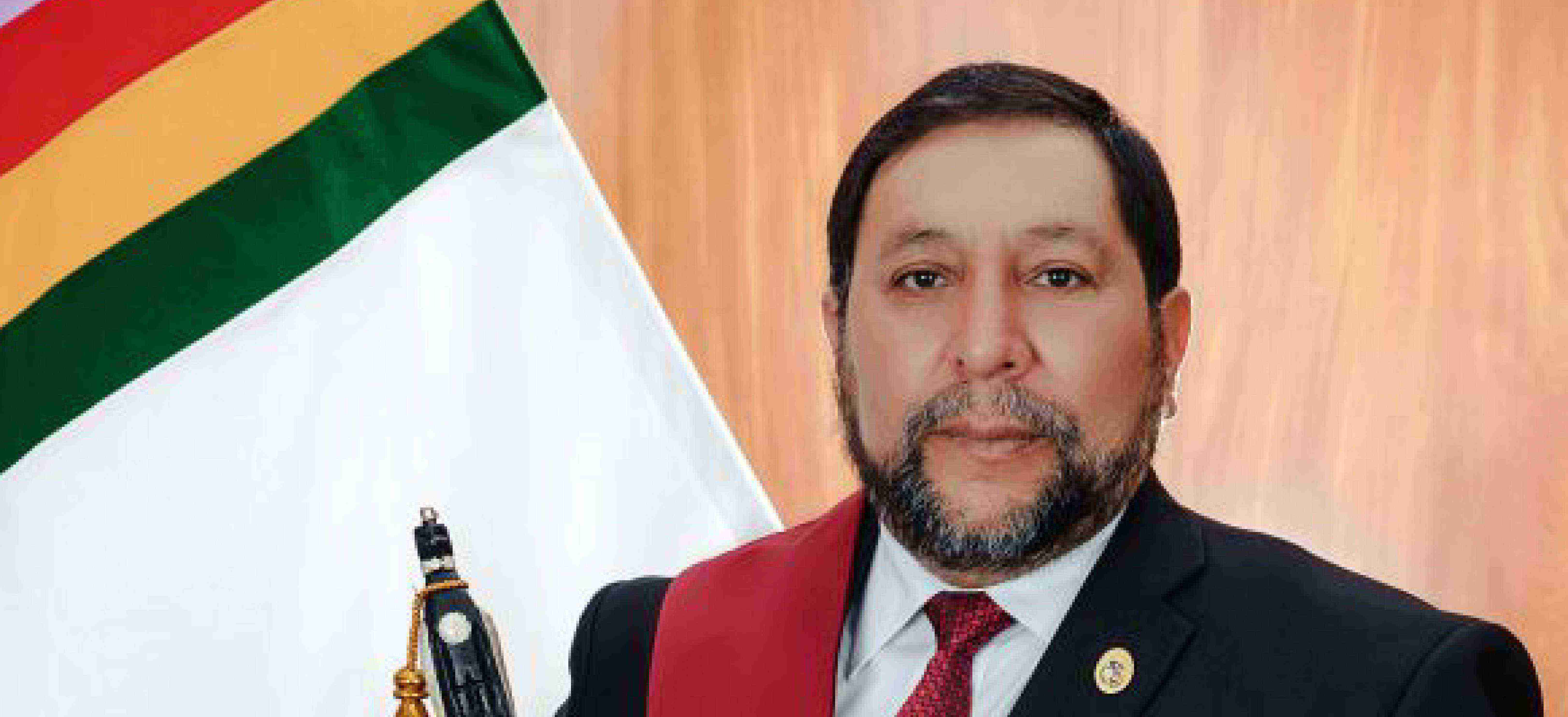Lima, JUNE 16 2022 Governor of Apurímac: “We need a deep administrative reform of the State”

Lima, June 16, 2022. During the latest session of Rumbo a PERUMIN, which was devoted to the analysis of the socio-economic impact of mining on the southeastern regions of Peru, regional governor of Apurimac Baltazar Lantarón said that the regions are “trapped in a very slow and bureaucratic administrative system,” which blocks their road to development.
“I believe that we need a deep administrative reform of the State so that civil society can benefit from a re-orientation of the investments. The mining industry should also work on giving added value to the resources that are extracted, instead of just taking them as raw mineral, since added value enables countries to develop,” said Lantarón.
He mentioned that the regional government of Apurimac is currently working with the same “little old car” it used to work with back when he was in office in 2004, when it executed a budget of PEN 20 million; however, now it manages 482 million, but the tools available do not allow the government to work efficiently.
“I think that, although it is true that there is more fiscal redistribution (canon minero) and mining royalties, it is important to look at the budget execution by the governments. So far, Apurímac has executed 26.2%; Cusco, 21.3%; and Puno, 16.3%, but nobody is raising the question as to what we should do with the obsolete procurement laws of the State,” he affirmed.
He also criticized the stalemate in which the decentralization process finds itself, pointing out that the reception desks of the Decentralized Public Bodies (OPDs) across the country do not work because the officials at those entities are not truly committed to the regions’ well-being. “Who is going to take on the responsibility of leading the development process?” he asked.
On the other hand, he commented that, even though the per capita income in Apurímac is PEN 15,000 on average, oftentimes this does not reflect people’s actual standard of living, since in this region there is both poverty and extreme poverty.
“The national average access to basic utility services is 56.3%, but in Apurímac it is only 19.5%. This is a major indicator—though it might seem to contradict the per capita income—which shows us that we need to work and use the budget of the Apurímac region to provide basic utility services, education, and health.”







